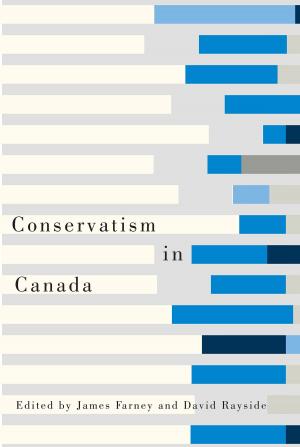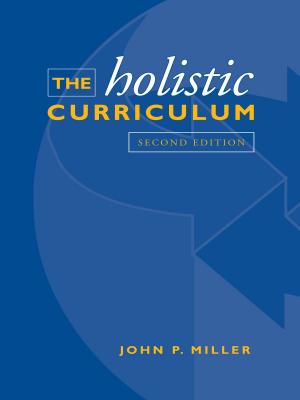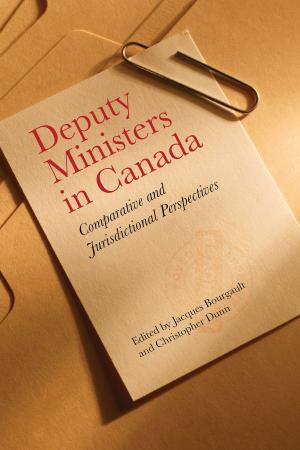Measured Words
Computation and Writing in Renaissance Italy
Nonfiction, History, Italy, Science & Nature, Science, Other Sciences, Fiction & Literature, Literary Theory & Criticism| Author: | Arielle Saiber | ISBN: | 9781487513313 |
| Publisher: | University of Toronto Press, Scholarly Publishing Division | Publication: | November 29, 2017 |
| Imprint: | Language: | English |
| Author: | Arielle Saiber |
| ISBN: | 9781487513313 |
| Publisher: | University of Toronto Press, Scholarly Publishing Division |
| Publication: | November 29, 2017 |
| Imprint: | |
| Language: | English |
Measured Words investigates the rich commerce between computation and writing that proliferated in fifteenth- and sixteenth-century Italy.
Arielle Saiber explores the relationship between number, shape, and the written word in the works of four exceptional thinkers: Leon Battista Alberti’s treatis on cryptography, Luca Pacioli’s ideal proportions for designing Roman capital letters, Niccolò Tartaglia’s poem embedding his solution to solving cubic equations, and Giambattista Della Porta’s curious study on the elements of geometric curves. Although they came from different social classes and practiced the mathematical and literary arts at differing levels of sophistication, they were all guided by a sense that there exist deep ontological and epistemological bonds between computational and verbal thinking and production. Their shared view that a network or continuity exists between the arts yielded extraordinary results. Through measuring their words, literally and figuratively, they are models of what the very best interdisciplinary work can offer us.
Measured Words investigates the rich commerce between computation and writing that proliferated in fifteenth- and sixteenth-century Italy.
Arielle Saiber explores the relationship between number, shape, and the written word in the works of four exceptional thinkers: Leon Battista Alberti’s treatis on cryptography, Luca Pacioli’s ideal proportions for designing Roman capital letters, Niccolò Tartaglia’s poem embedding his solution to solving cubic equations, and Giambattista Della Porta’s curious study on the elements of geometric curves. Although they came from different social classes and practiced the mathematical and literary arts at differing levels of sophistication, they were all guided by a sense that there exist deep ontological and epistemological bonds between computational and verbal thinking and production. Their shared view that a network or continuity exists between the arts yielded extraordinary results. Through measuring their words, literally and figuratively, they are models of what the very best interdisciplinary work can offer us.















